Braid Mission
Blog
Lessons from Old Friends

I recently had the opportunity to visit with an old high school friend.
We hadn’t seen each other in perhaps 18 years, which is far too long a time not to see friends and speaks of the damnable busy-ness of life.
My friend is a noted research scientist who has deep expertise in RNA, translation, ribosomes and gene expression in both prokaryotes and eukaryotes. He also happens to be agnostic in his religious outlook on life.
I want to say that he and I had great debates back in high school around religion. We were both in the same boarding house, and that allowed for plenty of time for conversation on many different topics. But I am not certain. All I know is we are friends and after all these years picked up where we had left off all those many years ago.
As we sat on his back deck, we found our way back to the topic of religion.
It began with him noting the different Christianity presented by the Episcopal Bishop, Michael Curry, at the recent royal wedding in Windsor, England. My friend said it was a very different picture of God than the one presented the day before by a pastor at the U.S. opening of its embassy in Jerusalem.
His question was how the two are reconciled or how could I make sense of God from two such different understandings.
My response went something like this: my friend had spent much time explaining over dinner the intricacies of the structures of cells and proteins and how to recreate or inhibit these basic building blocks of human existence in order to defeat disease.
In describing the structure of proteins and their power to animate and destroy life, he came across as a poet, his tone almost lyrical. While I barely followed the science, what I heard was the voice of someone who admired the delicate, brilliant, “miraculous” nature of living organisms.
My understanding of God necessarily begins in my friend’s “poetry,” that the miracle of life at its basic level of cells, proteins, and DNA is where one finds God.
God is the energy that animates all that he was describing, the “ground of all being.” The answer of how does one reconcile different understandings of a Divine being must begin in understanding the intricacy and miraculous nature of cellular structures.
We both sat and looked across the dense New England forest and sipped our local beer before he responded that he doesn’t know about there being a God, but his work indeed allows him the opportunity, on a daily basis, to marvel at the wonder of life at its most fundamental state.
While Braid is not a “religious” organization (there is no ritual involved in our work or expectation that anyone sign on to some statement of belief), Rebecca and I do see the work of Braid as making a statement to belief in the miraculous, to the value of life. The miracle that is the young life that we mentor. The miracle that is you. The miracle that is the caregiver, and the social worker, and the Edgewood employee…



